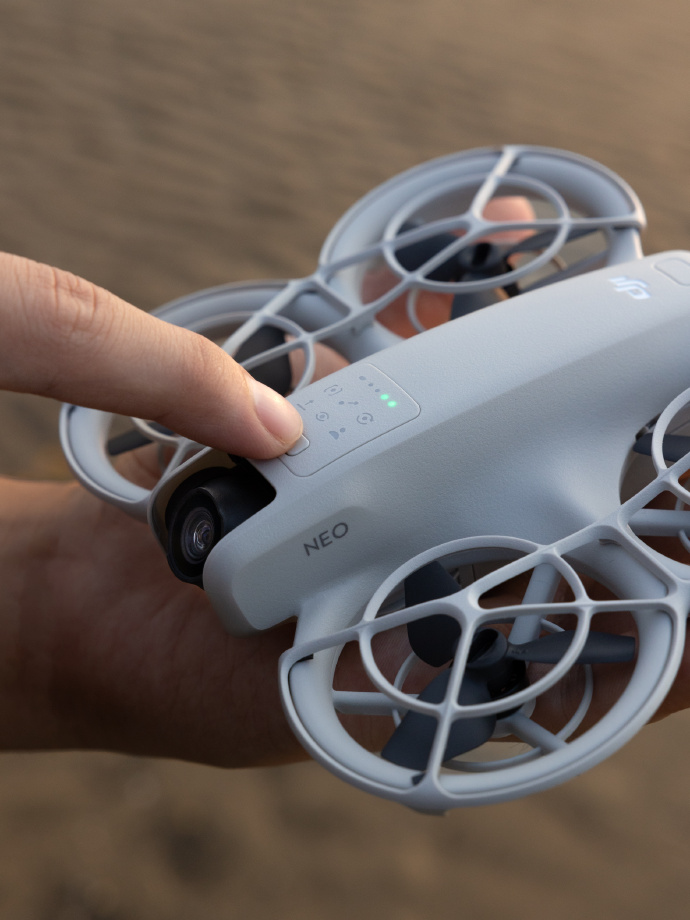The Unique Identity of Drone Bees
Drone bees are distinct from worker bees and the queen, each defined by their roles and physical characteristics. Drones are noticeably larger and have rounder bodies with big eyes, which are crucial for spotting queens during mating flights. Unlike worker bees, drones do not have a stinger, nor do they possess the skills to gather nectar or pollen. Their sole purpose is reproduction, making them critical to the continuation of their species.
Drone Bee Lifecycle
The lifecycle of a drone begins when the queen lays unfertilized eggs in specialized drone cells. Upon hatching, these eggs develop over approximately 24 days, significantly longer than the 21 days for worker bees. During their development, drones are well-fed by nurse bees who provide them with a diet rich in nutrients. This ensures that once they mature, they are healthy and ready to perform their key function: mating.
Significance of Mating Flights
Mating flights are remarkable events where drone bees fulfill their primary role. At the right moment, drones leave the hive and congregate in areas known as drone congregation areas. Here, they wait for virgin queens from nearby colonies to arrive. A drone will only mate once, and it is a competitive and perilous event, as only a few will succeed in mating before perishing shortly after the act.
The Impact of Drone Bees on Genetic Diversity
Drone bee mating is a process vital for ensuring genetic diversity. As queens mate with multiple drones, they enhance the genetic pool within a colony, which is essential for resilience against diseases and environmental stresses. This genetic variety can improve the hive’s adaptability and overall survival rates. The more drones available, the higher the potential for a robust genetic mix.
An Economic View of Drone Bees
While drones do not contribute to honey production, their role in maintaining a healthy queen lineage indirectly supports the beekeeper’s economic interest. A colony with a genetically diverse queen will likely produce more worker bees capable of maximizing honey yield. Thus, drones are inadvertently tied to the economic aspects of beekeeping.
Challenges Faced by Drone Bees
Despite their importance, drone bees face several challenges. They are sometimes seen as expendable during tough times or resource shortages, as colonies prioritize resources for worker bees. Additionally, drone larva is often vulnerable to parasites and diseases such as Varroa mites, which can severely impact their development and survival. Beekeepers sometimes manage drone populations to reduce mite infestations by removing sections of drone comb.
Frequently Asked Questions – Drone Bee
- What happens to drones after mating?
Post-mating, drones typically die shortly afterward. Mating is a physically demanding process, causing them to perish due to exhaustion.
- Why don’t drones gather food?
Drones lack the morphological adaptations, like pollen baskets, and are biologically programmed solely for mating.
- How can beekeepers support drone populations?
Beekeepers can provide ample drone comb and monitor for pests, ensuring drones remain healthy and effective for mating purposes.

Drones, therefore, represent a fascinating link in the lifecycle of bees, demonstrating nature’s intricate design for balance and survival.